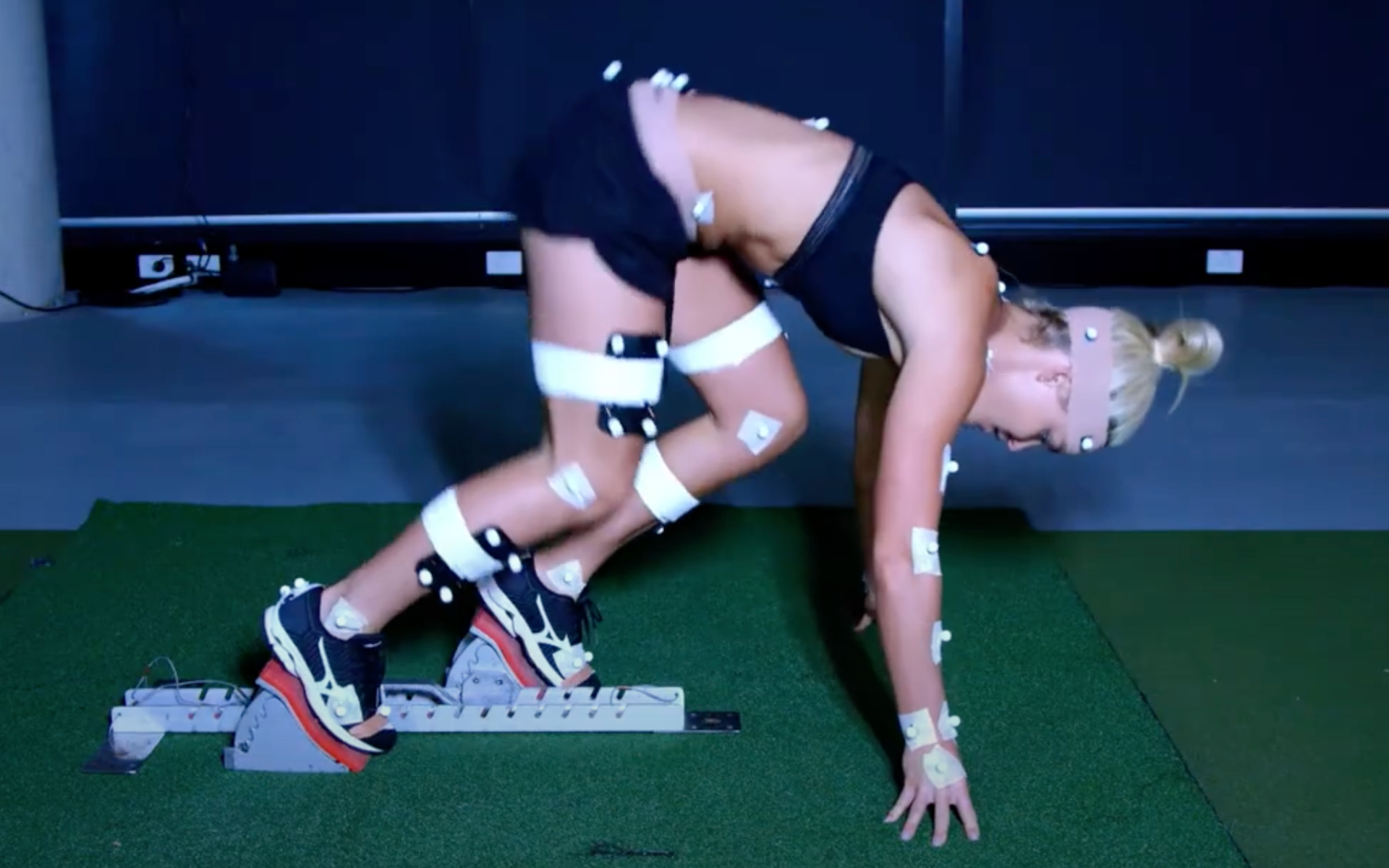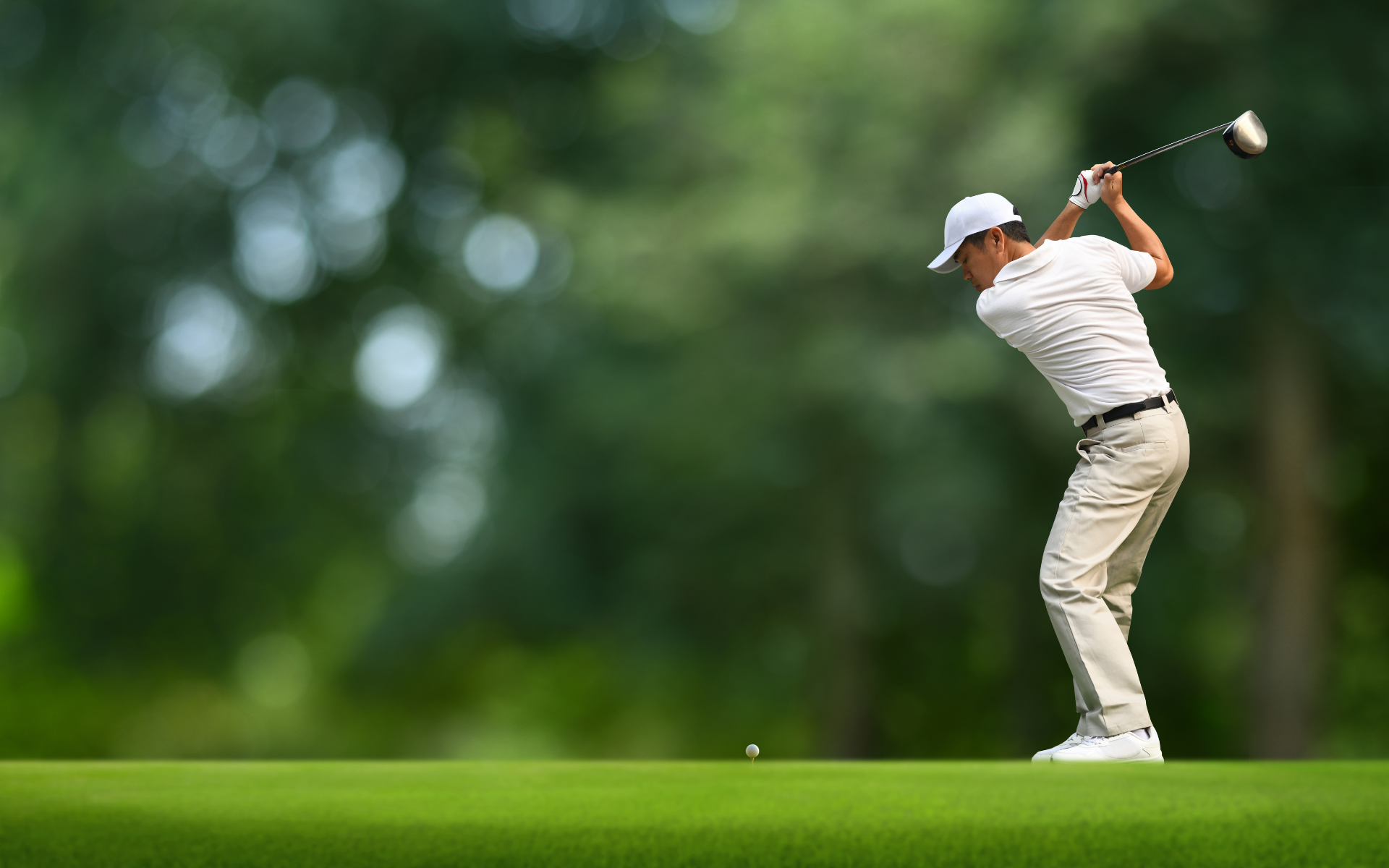Game changer: How AI, data and sensors are transforming sport science
Advances in sensing technologies and AI are transforming sport and exercise science, enabling rich, complex data collection across all levels of sport. As Professor Mark Watsford, Dr John Warmenhoven, and Distinguished Professor Aaron Coutts from the School of Sport, Exercise & Rehabilitation at UTS explain, this data revolution brings both challenges and opportunities—from interpreting biomechanical and contextual data to training the next generation of researchers in AI, data science, and sport-specific expertise.
Sport and exercise science is undergoing a data revolution.
From high-performance environments in elite sport to grassroots participation, the field is being inundated with data generated by increasingly sophisticated sensing technologies and artificial intelligence (AI).
This influx of data is reshaping our understanding of movement, performance, and participation, with the potential to enhance the health, well-being, and performance of athletes at all levels.
Several factors are driving this data proliferation.
Technological advancements have made wearable sensors and computer vision technologies more accessible and affordable.
AI has further enabled the capture and processing of vast amounts of information with unprecedented ease.
Wearable sensors and computer vision technologies are capturing biomechanical data to provide deeper insights into athletic performance. Credit: UTS
For example, we can now generate biomechanical data from simple video footage, turning any camera-equipped environment into a potential research laboratory.
Sensing technologies such as accelerometers, gyroscopes, strain gauges, and opto-reflective systems are becoming more embedded in training environments.
Additionally, non-traditional data structures like language and text are being used to gain insights into organisational performance and athlete experience.
This data tsunami resulting from these advancements presents both technical and conceptual challenges.
Traditional methods of data analysis are often not suited to handle the complexity, volume, and variety of data now available.
As a result, researchers are increasingly turning to AI, along with sub-disciplines of mathematics and statistics, to develop new frameworks for interpretation and decision-making.
The authors from left: Professor Mark Watsford, Dr John Warmenhoven, and Distinguished Professor Aaron Coutts from the School of Sport, Exercise & Rehabilitation at UTS.
At the Human Performance Research Centre at the University of Technology Sydney (UTS), we have long incorporated sensor technology into sports research, constantly adapting our skills to keep pace with the evolving field.
Currently, through our involvement in the CSIRO NextGen Sports Data Science and AI program, we collaborate with CSIRO, sporting organisations, and universities to prepare researchers for emerging challenges posed by AI and sports data.
Along with our industry partners, we are focused on training students to become data-literate professionals who can deliver actionable insights for the future of sport.
One PhD student is addressing the consequences of AI-driven computer vision systems that generate human movement data at scale.
These systems, developed by companies such as Hawkeye Innovations and Kinatrax, are creating systemic disruptions in sport.
Coaches and analysts are often unsure how to interpret this new data, the reliability of the information produced, and how it should inform decision-making.
While the challenge is initially technical, there are wide-ranging applications that yield cultural and operational implications.
In golf, similar disruptions are occurring due to the emergence of launch monitor technology, which combines AI and computer vision to produce detailed performance data.
When paired with augmented reality environments like those at GolfSpace, the boundaries between laboratory and field begin to merge, challenging our assumptions about what constitutes a “normal” training and coaching environment.
AI and computer vision are generating detailed performance data to better understand and improve golf technique.
Credit: AdobeStock
In conjunction with Honours-level research examining system reliability, one UTS PhD student is investigating data interpretation from golfers of all abilities, from professionals through to weekend warriors, with the goal of producing AI-assisted golf coaching solutions.
Away from directly assessing athlete movement, another PhD student is using large language models to better contextualise information extracted from coach and athlete language in high performance sporting environments, for improved decision making in the training environment.
This work highlights how contextual data such as interviews, reports and can be mined for insights that were previously inaccessible.
Beyond AI, sensing technologies continue to generate complex time-series data that require specialised analytical approaches.
In rowing, for instance, accelerometers, gyroscopes, and strain gauges produce rich datasets that capture the nuances of technique and fatigue.
Rowing PhD scholars are working to develop models that can handle this complexity, offering new ways to understand and optimise individual and crew performance over time.
Furthermore, in cricket, opto-reflective systems also contribute to this landscape.
These systems track movement technique with high precision, but they generate data that is both voluminous and intricate.
Making sense of this information requires not only technical skill but a deep understanding of biomechanics and sport context.
Both cricket and golf contexts will benefit from applications of functional data analysis; whereby whole movement patterns are appraised as opposed to the traditional discrete point analysis that reduces a sporting action down to two or three moments in time.
Sport and exercise science is no longer just about the focussed study of physiology, biomechanics, skill acquisition, and psychology.
The field has evolved to include data literacy, systems thinking, and interdisciplinary collaboration.
Our lab has moved into the field, and the complexity and veracity of data are increasing.
The next generation of researchers must develop capabilities in AI, statistics, as well as sport-specific domain knowledge to navigate this new territory.
As we continue to better understand many aspects of athlete health, well-being, and performance, we can ultimately strive to provide better outcomes for sports organisations along with athletes and coaches at all levels.
There will be increasing opportunities presented by the convergence of sensors, AI, and sport science, and we invite further collaboration within the NSW Smart Sensing Network to address these critical issues.



